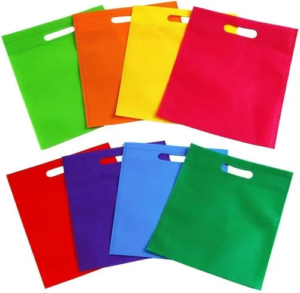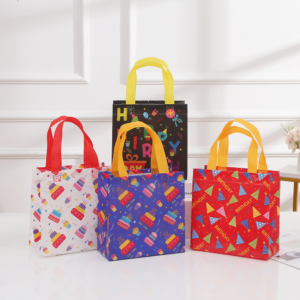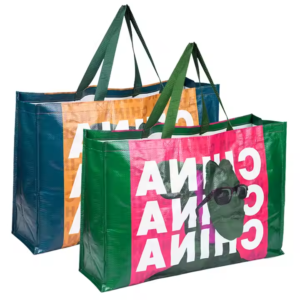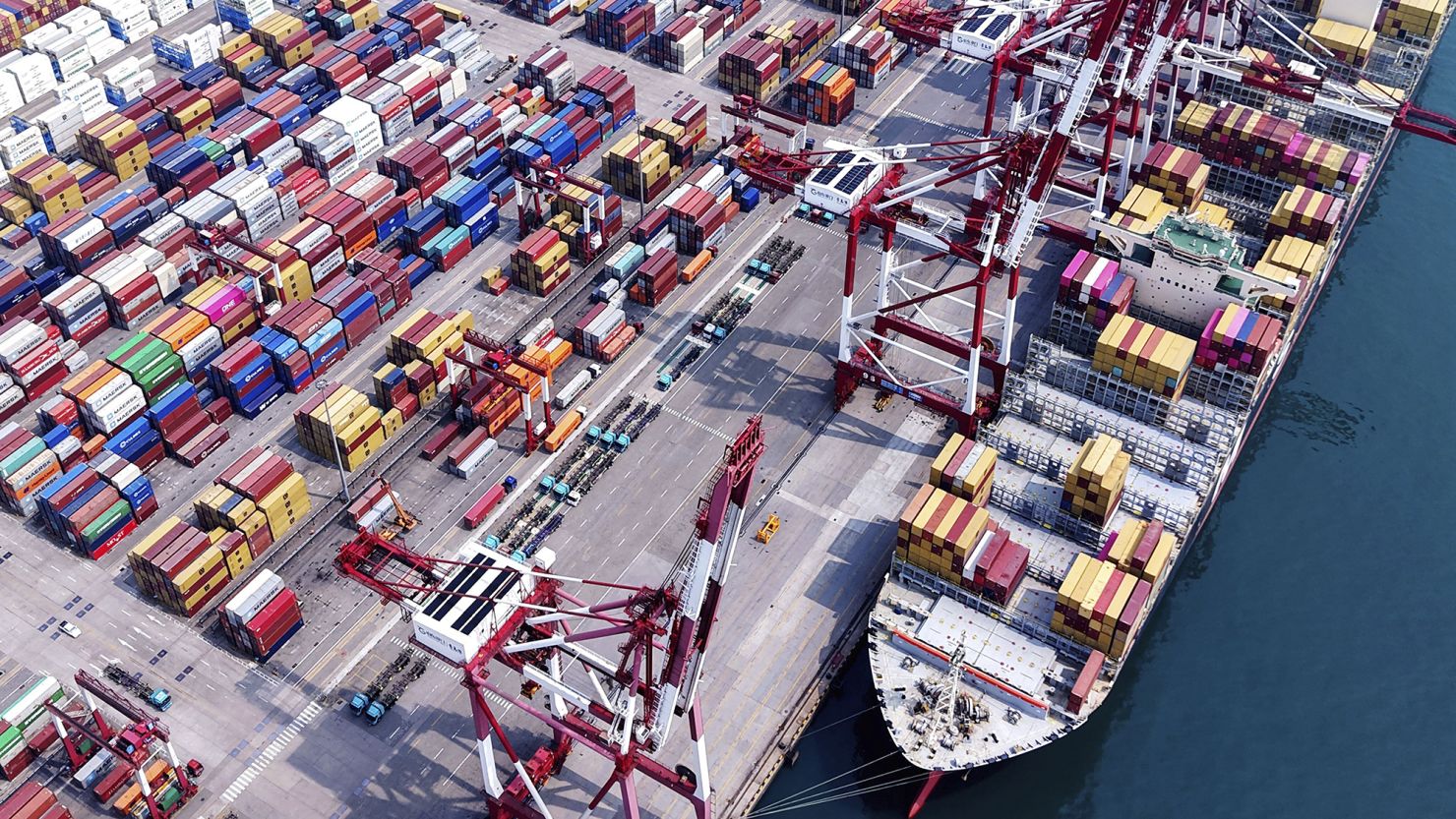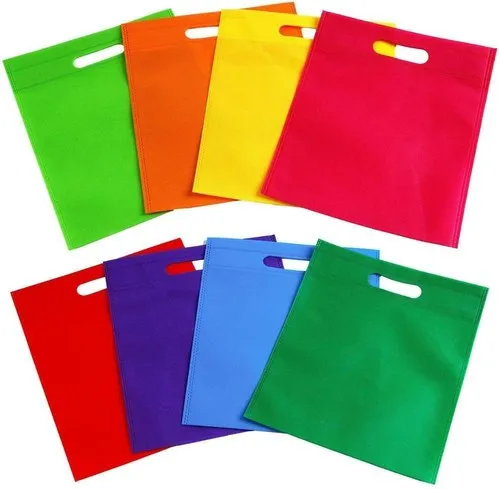How much money do reusable shopping bags save?

Single-use plastic bags seem cheap—but their hidden costs add up fast. Switching to reusable shopping bags can save both money and the environment.
Reusable shopping bags save money1 by eliminating the recurring cost of single-use bags, especially where plastic bag fees apply.
The savings may seem small at first, but over time they add up. Let’s explore how these savings work and where your money really goes.
How much money do reusable bags save?
Shoppers often ignore small charges for plastic bags. But if you add them up, the total can be surprising.
Reusable bags save $30 to $75 per year per shopper by avoiding per-bag fees and replacing one-time-use plastic bags.

Let’s say you use five plastic bags each week. In California, that’s $0.10 per bag, totaling $0.50 a week or $26 a year. Now consider households with larger families or weekly shopping. Multiply that by four bags per trip, twice per week—that's over $40 yearly. With just three reusable bags, you can eliminate that cost.
Cost Breakdown: Reusable vs. Single-Use
| Item | Quantity/Year | Unit Cost | Total Cost/Year |
|---|---|---|---|
| Plastic Bag Fees | 250 | $0.10 | $25.00 |
| Reusable Bag (one-time buy) | 3 | $2.00 | $6.00 |
Even better, some retailers give discounts for bringing your own bags. I shop at a local chain that gives $0.05 per reusable bag. Over the year, that adds up.
Do reusable products save money?
People often think eco-products cost more. But do they actually help your budget?
Reusable products may have a higher upfront cost but save more money over time2 by replacing many single-use items.
Reusable bags are just one example. Think about water bottles, straws, or coffee cups. Each reusable item replaces dozens or hundreds of disposables. A reusable coffee cup might cost $15. If you save $0.25 per cup at your favorite café, it pays for itself in 60 uses.
Savings from Common Reusables
| Product | Disposable Cost | Reusable Cost | Breakeven Point |
|---|---|---|---|
| Plastic shopping bags | $25/year | $6 | <3 months |
| Coffee cups | $0.25/cup discount | $15 | 60 cups |
| Water bottles | $1/day bottled water | $20 bottle | 20 days |
I once did a personal challenge: avoid all single-use items for a month. My grocery bills dropped by nearly $30. And I kept that habit going.
Where does the 10 cents for bags go in California?
Many people think bag fees are just another tax. But where does that money really end up?
In California, the 10-cent bag fee goes to the retailer to cover the cost of reusable or recyclable bags. It's not a government tax.
Under California’s state law (SB 270), stores keep the bag fees they collect. They must use that money to offset the cost of providing compliant bags, educate customers about reusable bags, or fund recycling programs. It’s not pocketed as profit or sent to the state.
Purpose of California Bag Fee
| Use of Collected Fees | Description |
|---|---|
| Bag replacement cost | Pays for paper or reusable bags |
| Environmental education | Supports awareness programs |
| Recycling improvements | Helps manage bag waste responsibly |
Once, I asked a store manager where the money goes. He explained that reusable paper bags cost them more than $0.10 each, so the fee just covers their losses.
Why is McDonald's charging a bag fee?
Customers feel annoyed when fast food places charge for bags. But what’s behind the charge?
McDonald's and similar chains charge bag fees to comply with state and local laws that mandate fees for paper or reusable bags.
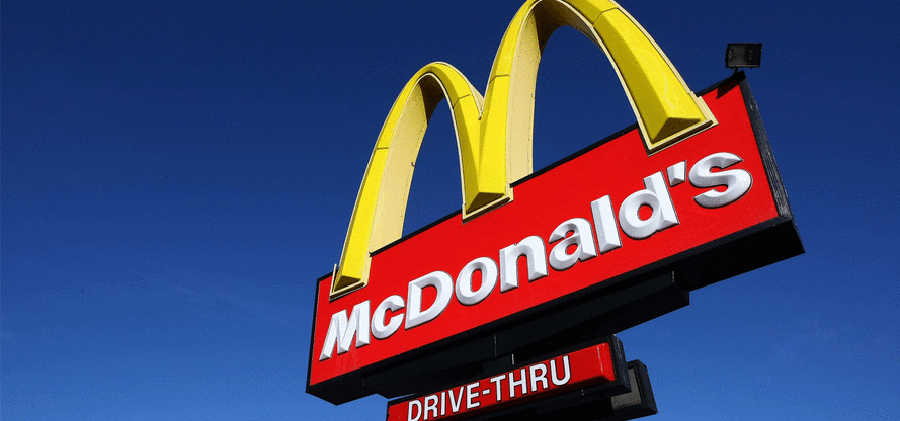
The bag charge is not a restaurant policy. It’s a legal requirement in states like California, Oregon, and New York. These laws apply to all retail and restaurant businesses. If McDonald’s didn’t charge the fee, they would be violating state rules.
McDonald's Bag Charges by Region
| State | Bag Fee Policy | Applies To |
|---|---|---|
| California | $0.10 per bag | All retail, restaurants |
| Oregon | $0.05-$0.10 per bag | Retail, food services |
| New York | Must charge for paper bags | State-wide retail |
A friend of mine recently picked up a McDonald’s order and was charged $0.10 for the bag. She was confused and thought it was corporate greed. But it was actually state law.
Conclusion
Reusable bags save money over time, especially in states with bag fees. They are smarter, greener, and cheaper in the long run.




